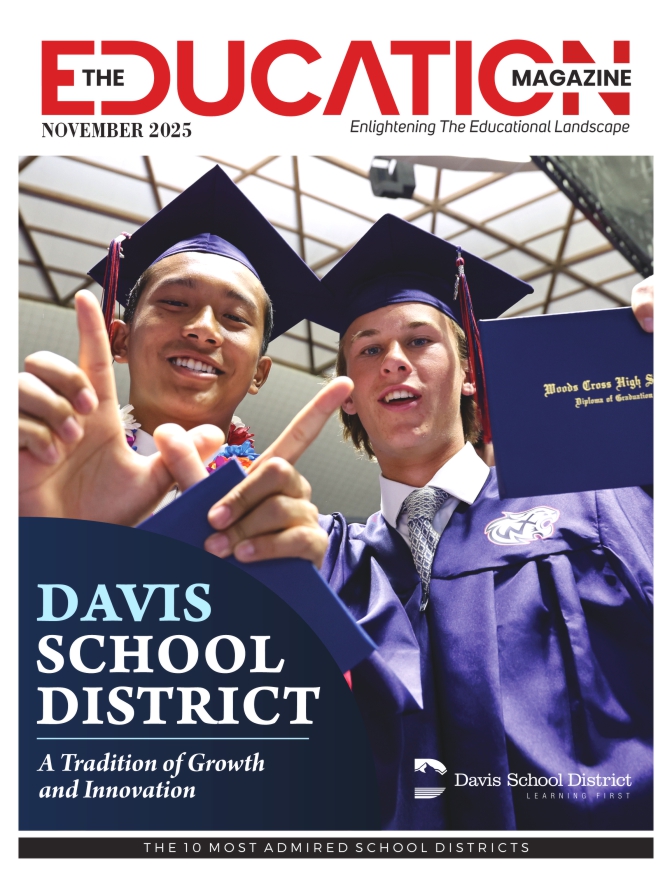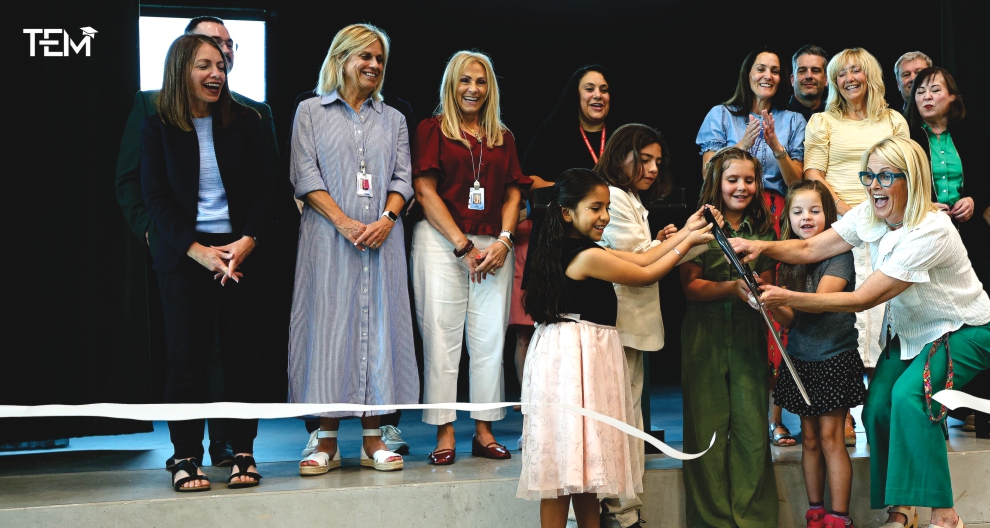Teaching today’s generation comes with ever-evolving challenges like shorter attention spans heightened by digital distractions, as stated by experts at Psychology today. A recent survey revealed that more than 70% of the 1,000 educators that participated in the national survey showed children’s classroom behavior has worsened since Covid. Many even noted that there had been a “spike in outbursts, fidgeting and nonstop chatter in classrooms coincides with a national mental health crisis.” One teacher who participated in the survey revealed, “These are kids who spent most of their formative years – kindergarten, first grade, second grade, third grade, when you’re supposed to be learning social skills – not learning them. They don’t have those social skills. They don’t know how to talk to each other. They don’t know how to communicate. They’re always arguing, fighting, yelling.”
Maintaining interest so that kids can memories the important things and develop their skills requires you to keep rethinking your approach despite the many challenges that teachers face. You can rediscover your inspiration and invigorate pupils through diverse participatory lessons that spark imagination. This guide shares proven techniques for elevating engagement using modern tools creatively.
Group Discussions Deepen Understanding
Boring fact repetition rarely builds meaningful mental connections and recall. Activating critical thinking through group discussion means that they’ll engage with the material on a deeper level. Assistant Professor, Daze Thomas puts it like this: “Teaching through group discussions and debates goes beyond the transmission of information; it cultivates a holistic learning experience. By promoting active engagement, critical thinking, communication skills, and collaborative problem-solving, educators empower students to thrive in an ever-changing world. As education continues to evolve, incorporating these interactive methods enhances the quality of learning and equips students with the skills necessary for success in their academic and future professional endeavors.”
Pose open-ended discussion topics to analyze individually or in teams utilizing digital breakout room features on video platforms. Reconvene afterwards for shared wrap-ups—the ownership students feel presenting before the class keeps them thoroughly invested. Even basic conversations unpacking key concepts can help to clarify big ideas.
Digital Content Creation Boosts Retention
You can reinforce the important information in your lessons through collaborative digital worksheets, infographics, videos and more activating knowledge applications. We’ve already talked about how students have become used to learning through a screen, and this is a way that you can make that work for you. It’s also a great way for your students to get creative and find ways to communicate their learning.
The productive ownership students gain by producing digital material that shows their understanding of it can really boost their recall. Structure supportive parameters guiding output quality without limiting creativity and self-directed learning flourishes.
Quick Quizzes Work Wonders
Breaking up long lessons and lecturing with quick tests can keep your students alert. However, designing fresh quiz questions constantly demands extensive effort and a lot of time that you may not have. Instead, utilize premade quizzes via apps spanning every academic subject and age range.
Randomly insert quiz breaks reviewing recently covered content, with students responding individually on devices for gamified, timed challenges. Reward top scorers driving friendly participation. If you’re looking for websites like Quizlet that allow you to go more in-depth, you can find out more about the best Quizlet alternatives here. Look for an AI quiz tool that will help your students learn in greater detail without sacrificing speed or fun!
Leverage Educational Games
Well-designed educational games introduce informative content seamlessly while immersing pupils in rewarding challenges, tapping those natural competitive streaks. The interactive element can help to engage students who might not feel comfortable or interested otherwise.
From math and language apps to history strategy titles, games delivering curricular concepts exist spanning all topics and age groups. And it’s important to remember that games don’t just have an impact on younger kids. A study of nearly 2,000 children revealed that “those who reported playing video games for three hours per day or more performed better on cognitive skills tests involving impulse control and working memory compared to children who had never played video games.”
Make Real-World Local Connections
You can create stronger connections by linking coursework concepts to students’ own communities, issues and values. Develop projects investigating local issues like environmental conservation, civic policies impacting young people or cultural heritage preservation. For example, three students from SUNY Cortland had the opportunity to share what they learned following a summerlong internship that seeks to restore and conserve the coregonine, which is a subfamily of freshwater fish. Another way could be joining a Butterfly conservation project, where at the end, students can frame them through the lens of class themes from science to social studies for contextualized understanding.
Add experiential components like geography field research, political surveys gathering neighborhood insights or computer science solutions assisting regional charities. Every student wants to feel like the information that they are learning is connected to something more important than an exam. With these real-world connections, you can show them that their understanding can have a massive impact.
Incorporate Instructional Video Content
You’ll know that your students go to their screens for information more than a textbook, so tap online video’s engagement power for boosted attentiveness. You might have noticed that platforms like TikTok and Spotify have been moving into the educational video space, for example, so you don’t necessarily need to search YouTube for documentaries from decades ago in order to get kids engaged. You can curate video playlists around syllabus topics or allow students to explore related documentary/tutorial resources themselves.
Every teacher knows that it can be tough to engage their students, and everyone knows that it can be tough to commit important material to memory. But there are plenty of ways that you can turn your classroom into an engaging space with tech tools and a little creativity. With AI quizzes and video content, you can help to spark recall. By linking their work to the real world outside, you can remind your students that everything is connected!
Also Read: Artificial Intelligence and Education: Hassan Taher Asks Teachers to Embrace AI











